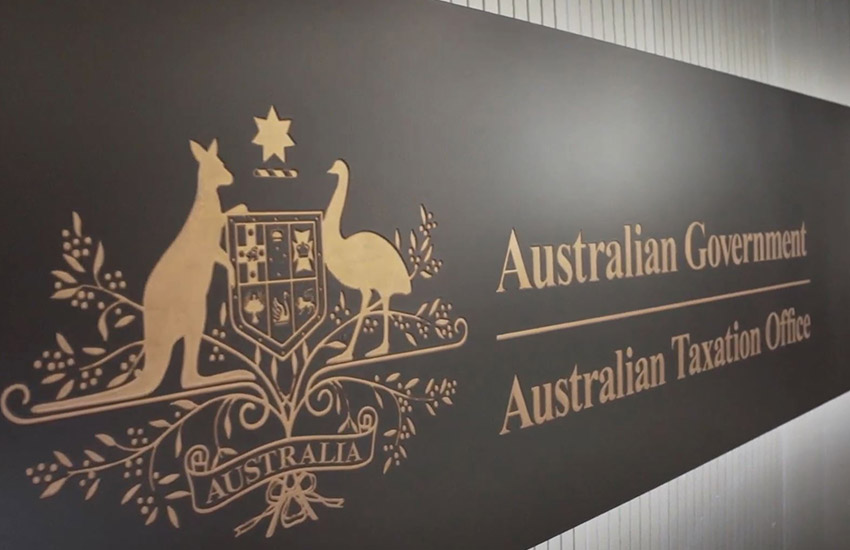You’re out of free articles for this month
“Confirmation that taxpayers can continue to rely on the 2014 guidance for matters that arose while that guidance was in place will be welcomed by small businesses who in good faith followed this guidance,” Mr Sukkar said.
He also welcomed an ATO clarification that ordinary advice services provided in exchange for an advisory fee were not subject to promoter penalty provisions.
The draft guidance on section 100A (draft TR 2022/D1 and draft PCG 2022/D1) has provoked angry reactions from tax practitioners since its release in February and the ATO recently extended the deadline for submissions on the matter.
Speaking late last week on a Tax Institute webinar, ATO chief tax counsel Fiona Dillon said the ATO was looking to clear concerns for practitioners ahead of the finalised guidance.
“We obviously could have done better at explaining the section 100A draft because this is not meant to be a document that applies to the majority of situations,” she said.
“What we will need to do now is to seriously listen to the concerns that have been raised and see how we can express our views in a way that makes it more clear that we are just talking about very egregious situations and this is not something that should alarm the majority of tax advisers.”
A partner at legal practice Arnold Bloch Leibler, Jonathan Ortner, said that the main concern was that the draft guidance felt very pervasive in its reach and that it could be extended to all sorts of circumstances involving a trust.
Ms Dillon said that the ATO failed to clarify the expression of the draft guidance to its desired effect, reiterating that the new provisions do not apply to a very broad section of the Australian population.
“That absolutely was not our intent. Now we probably need a bigger headline to say if what you’re doing is ordinary or if it’s just standard tax advice, that doesn’t stray into a territory where you’re looking to promote certain behaviours which are on that egregious end,” Ms Dillon said.
Ms Dillon said it was important for practitioners to understand that 100A did not apply to all arrangements.
“There’s a lot of safeguards in 100A that take out arrangements that shouldn’t be within our scope and it shouldn’t be applied to absolutely everything,” she said.
“The issue we have, though, is when you look at the return the safeguards don’t leap out at us.”
Ms Dillon said the ATO would need to ask questions as it could not know if the trust was in the scope of 100A.
“Most people won’t even attract our attention to get asked the questions in the first place,” she said, “but it’s very hard for us to say in our practical compliance guideline these certain things will absolutely not attract our attention.
“We’re not seeing a proliferation of 100A cases because it’s not something that actually hits and lands in the vast majority of situations. It’s not something that we’re seeking to apply in a stretched situation and there’s no advantage for us in trying to falsely apply 100A.”
ATO’s assistant commissioner Adrian Zuccarini said a key point for practitioners was the intention of the guidance.
“We’re talking about a very narrow segment of the population that is going to be concerned about these particular products,” he said.
Mr Zuccarini said the ATO would, as much as possible, try to rule out going back.
“There are very exceptional cases that we would have to go back to,” he said.
“The key message is that we are focusing on the rules and the law. We should look at the green zone because that’s where the majority of taxpayers are actually going to be.
“The green zone outlines further situations that will not dedicate compliance resources to look at the application of section 100A. I’ll state upfront we won’t know just by looking at the returns whether an arrangement is actually in the green zone.
“So, you might get asked questions but they will be light questions from what I understand from our compliance teams. They will just be there to be able to identify the particular elements of what is required to be satisfied in the green zone are actually there.
“We’re not intending to do significant compliance behaviour, we just want to verify that the taxpayers are self-assessed correctly and they’re in the green zone.”

 Login
Login







